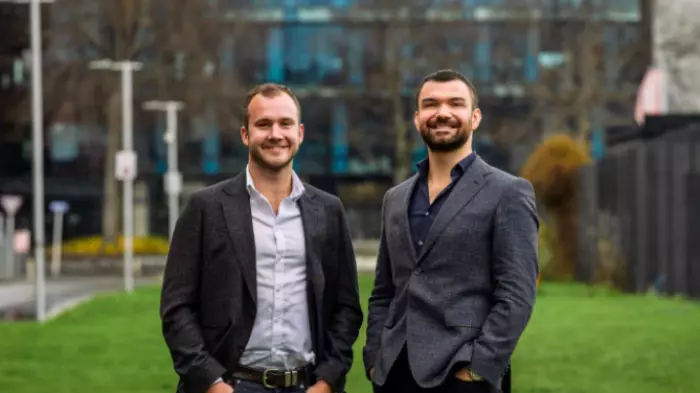How do you create a highly innovative team where everyone is actively coming up with brilliant ideas that range from valuable improvements to breakthrough strategies?
Information is the basis of ideas. Without it, you can’t think of ideas.
Let me give you an example. I would like you to imagine that a small closed cardboard box is placed on a desk in front of you. I have placed something in the box but you don’t know what it is.
Its contents are not revealed to you in any way. You are not even allowed to pick the box up. Now I come in and ask you to try to think of ideas on ways to improve the contents of that box. Could you do it?
I think you will agree with me that without knowing what it is, how it’s used, what it’s made of etc, you can’t think of ways to improve it. But once you have this information, then thinking of ideas becomes possible.
This highlights the importance of creating transparency where all information, both good and bad, is freely shared.
Avoid negativity
But how do you create an environment where your team feels safe to share valuable information, including bad news, problems and even serious mistakes?
Bad things happen and we all make mistakes. The important thing is to get it out into the open so you can use it to come up with great ideas.
When hearing bad news, avoid making negative comments or getting angry as it can choke off the free flow of information. After all, the easiest thing for your team to do is to simply keep quiet.
Thank team members for having the courage to speak up and for sharing the bad news.
Classic response
Once you have your team's ideas, you'll want to test how well they'd work. If you test an idea for the first time, would you test it with a sample size designed to give you good data? “Let’s test it for three months, with our ‘best’ clients in several key regions throughout the country” is a classic response.
What’s wrong with this approach? While it allows you to get good data, it opens the door to taking more risk than necessary. With failure rates of 50% or more, reducing risk is the name of the game.
How can you do this? The trick is to forget about sample size in the beginning. Start with the smallest possible step.
Minimising risk
At this stage it is not so much about getting good data as about identifying problems early and solving them.
As you solve the problems, you can then steadily increase the amount of data you gather until you have the minimum sample size you require – all the while keeping the level of risk down.
For example, rather than testing something for three months, first start for one day. I call this "The First Trial".
At the end of the day, find out if there were any problems. If there were, solve them. Then test the idea for a week. Again, solve any problems. Then test the idea for one month, and so on.
In this way, when you reach the point of testing an idea for three months, you will already have identified most of the problems and solved them. Your chances of success will have greatly increased.













